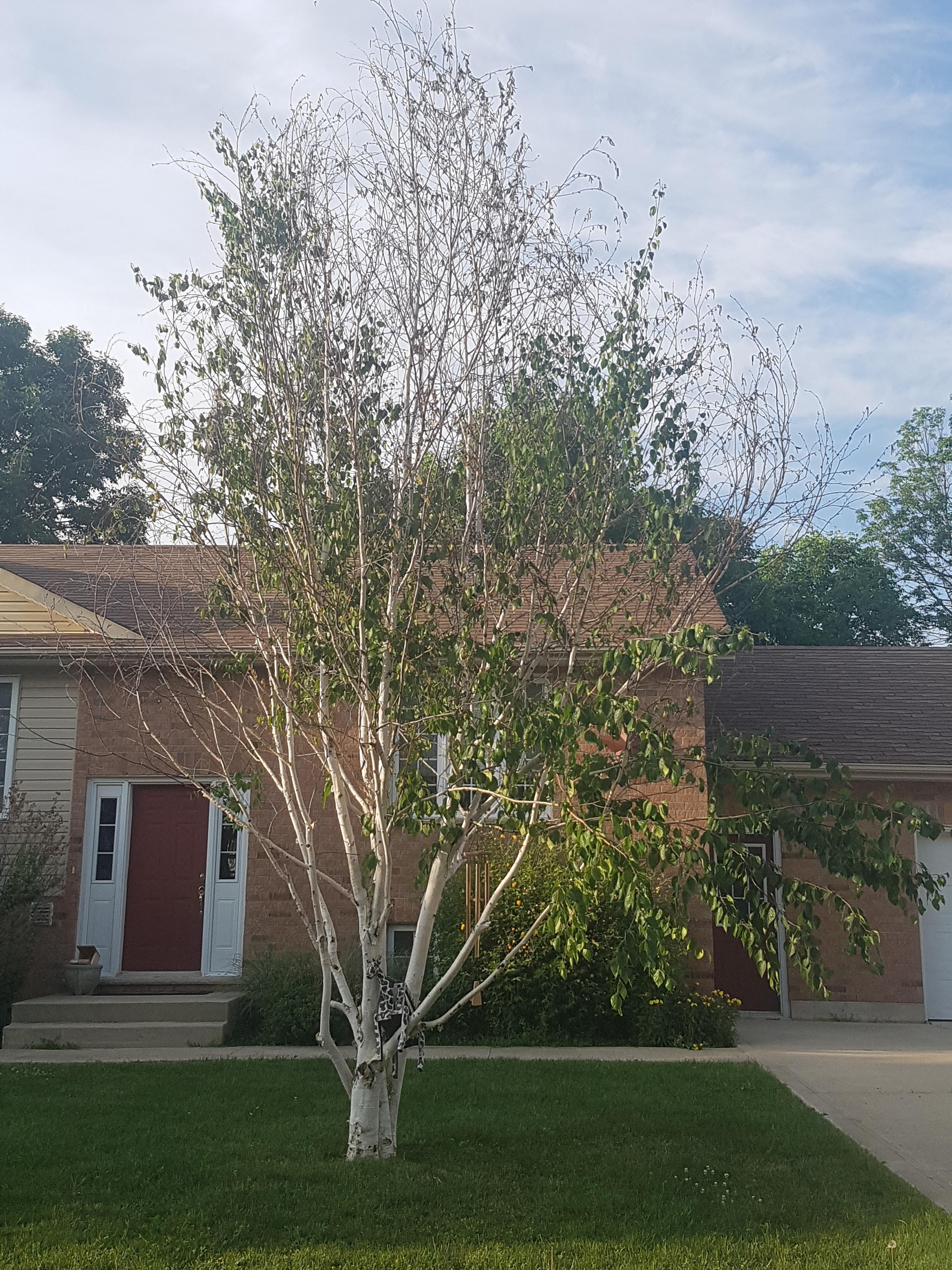Bronze Birch Borer Identification, Treatment, and Solutions
The Bronze Birch Borer (Agrilus anxius) is an insidious pest that poses a significant threat to birch trees

The Home Gardener’s Comprehensive Guide to The Bronze Birch Borer
The Bronze Birch Borer (Agrilus anxius) is an insidious pest that poses a significant threat to birch trees, often resulting in disfigurement or even death of the tree. This article delves deep into identifying, treating, and preventing bronze birch borer infestations, offering invaluable insights for the home gardener.
Identifying the Bronze Birch Borer: Early Signs and Symptoms
Effective control starts with early identification. Here's what you should be on the lookout for:
- D-Shaped Exit Holes: Adult borers leave behind characteristic D-shaped holes.
- Canopy Dieback: Initially in the top third of the tree will die.
- Leaf Discoloration: Wilted, yellow, or sparse leaves can be a sign of infestation.
- Branch Death: Often one of the first visible signs.
Understanding these early warning signs enables quick action, increasing the likelihood of effective management.
Treatment Options:
Chemical Methods
- Systemic Insecticides: Injected into the tree, offering protection for several months.
- Contact Insecticides: Spray applications, often requiring multiple treatments.
Prevention: Best Practices for the Home Gardener
- Plant Resistant Varieties: Such as river birch or 'Heritage' birch.
- Proper Fertilization: Healthy trees are less susceptible.
- Adequate Watering: Stress from drought can make trees more susceptible.
- Regular Inspection: Routine checks can help with early identification.
The Importance of Managing Bronze Birch Borers for Home Gardeners
Failure to control bronze birch borers can have several negative impacts:
- Loss of Aesthetic Value: A disfigured or dying tree loses its visual appeal.
- Financial Impact: Removal and replacement of affected trees can be costly.
- Ecosystem Disruption: The loss of trees can affect local flora and fauna.
Expert Help
The bronze birch borer is a pest that requires proactive and comprehensive management strategies. Chemical treatments offer fast but potentially harmful solutions. Organic methods align better with eco-friendly gardening but may require persistent effort. Biological controls provide a sustainable but long-term solution. A multi-pronged approach, adjusted to fit the specific needs of your garden, is often the most effective. Armed with this knowledge, home gardeners can take decisive steps to safeguard their birch trees from this menacing pest.
